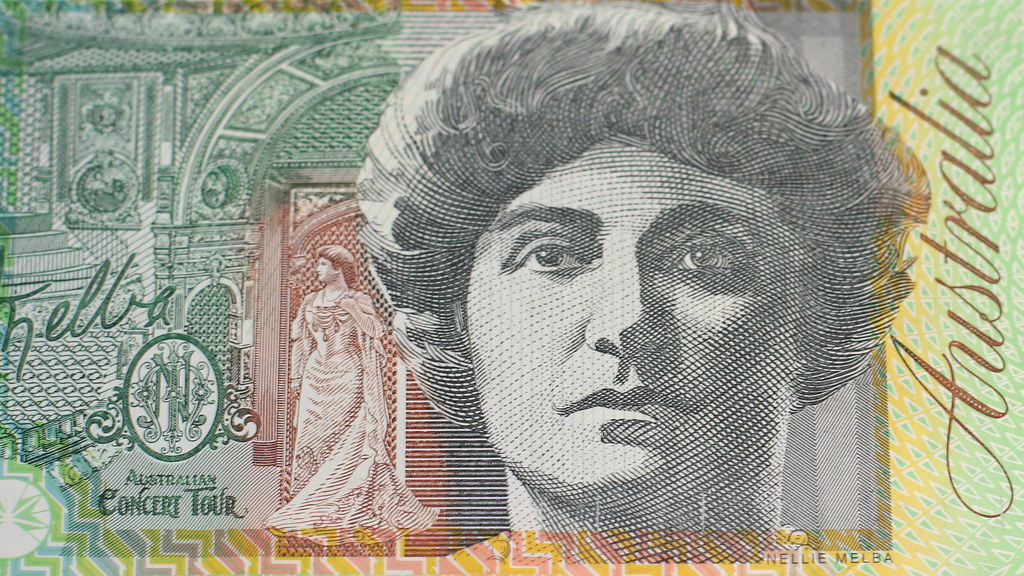How to design a decentralised identity and currency system with social component
This is an exceptional overview of blockchain and how Self-sovereign ID works, even though “decentralised” was spelled incorrectly, I left it in it’s original spelling to pay tribute to the great presentation, in the video below.
In quotation is the information from Youtube that accompanied this video, connected with UBI-Coin

The ongoing massive quantitative easing of the central banks, could be the beginning of the hyperinflation that destroys all Fiat-Currencies. Can Bitcoin really replace Fiat-Currencies if that happens? Because you can’t collect tax in a world with only cryptocurrencies, anarchy is on the doorstep. We think there is a way out. A last resort where people take control of their own self-sovereign identities and force everyone to be transparent about their finances. A glimpse of a better future where people act socially responsible.
UBI-Wallet – https://www.youtube.com/watch?v=T7VBToRkW7E
Blockchain Primer
A blockchain, originally block chain, is a growing list of records, called blocks, that are linked using cryptography. Each block contains a cryptographic hash of the previous block, a timestamp, and transaction data (generally represented as a Merkle tree).

By design, a blockchain is resistant to modification of the data. It is “an open, distributed ledger that can record transactions between two parties efficiently and in a verifiable and permanent way”. For use as a distributed ledger, a blockchain is typically managed by a peer-to-peer network collectively adhering to a protocol for inter-node communication and validating new blocks.
Once recorded, the data in any given block cannot be altered retroactively without alteration of all subsequent blocks, which requires consensus of the network majority. Although blockchain records are not unalterable, blockchains may be considered secure by design and exemplify a distributed computing system with high Byzantine fault tolerance. Decentralized consensus has therefore been claimed with a blockchain.
Decentralised Identity Photo credit: spelio on Visual Hunt / CC BY-NC-SA Photo credit: spelio on VisualHunt / CC BY-NC-SA

Leave a Reply